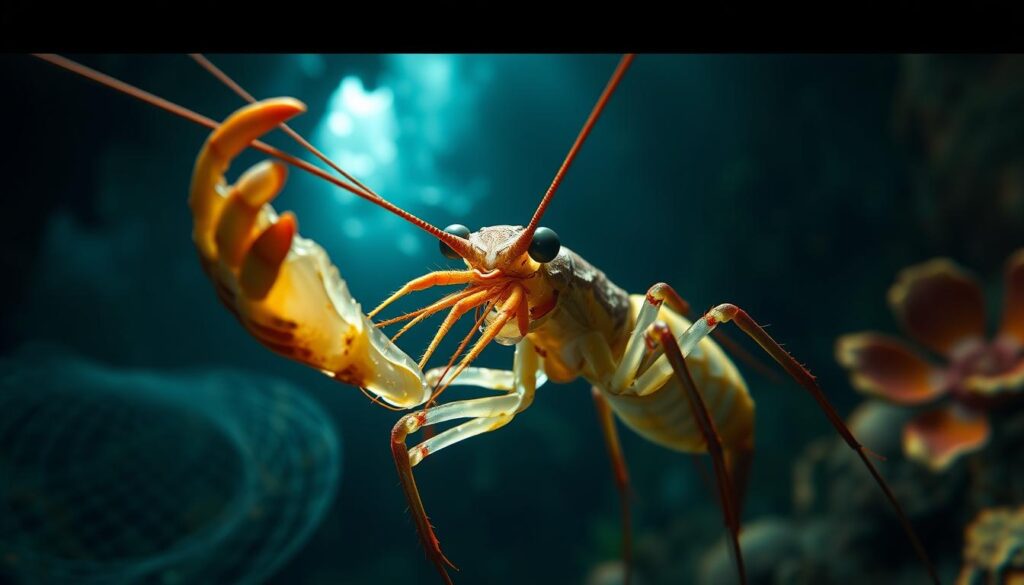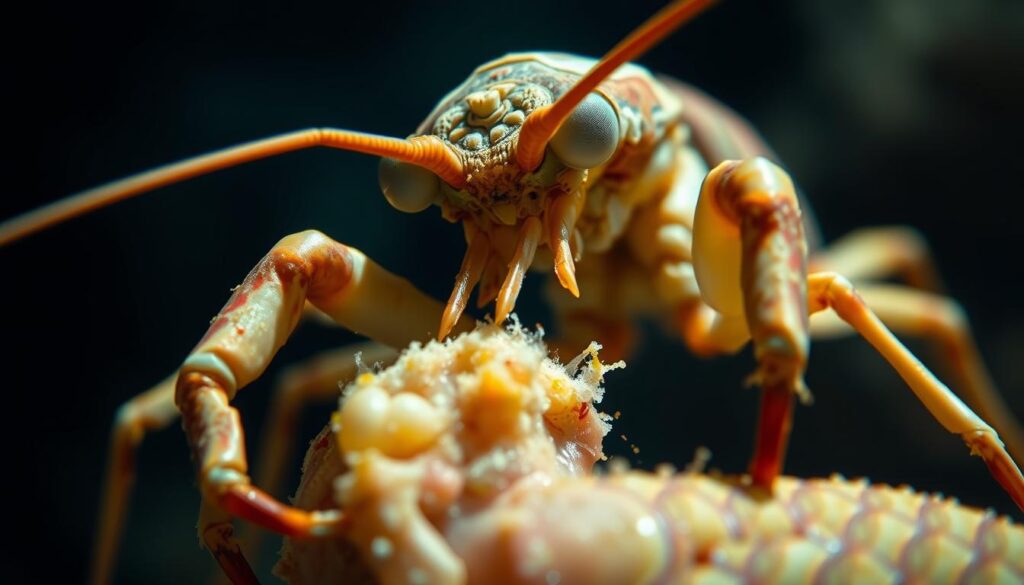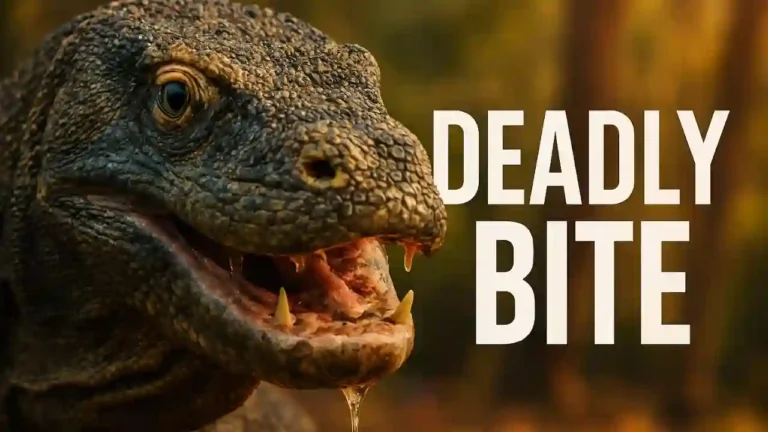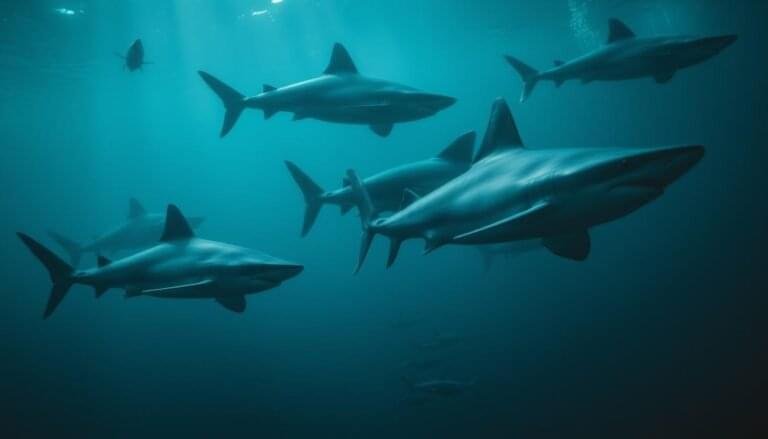Mantis Shrimp Diet: Did you know that despite their small size, mantis shrimp are among the most formidable predators in the ocean? These vibrant crustaceans, often no larger than 2 to 7 inches, pack a punch so powerful it can accelerate faster than a .22 caliber bullet. Their diet plays a crucial role in marine ecosystems, making them both apex predators and vital prey for larger species.
Their unique raptorial appendages, capable of delivering a strike with the force of 1,500 newtons, make them highly efficient hunters. This impressive power, combined with their advanced vision—featuring 12 photoreceptors—allows them to thrive in diverse underwater environments. Understanding their feeding habits is essential for both marine biologists and aquarium enthusiasts aiming to replicate their natural conditions in captivity.
These colorful creatures, often displaying striking shades of red, green, and blue, are not just visually stunning but also highly skilled predators. Their ability to perceive light across a wide spectrum, including ultraviolet, gives them a unique advantage in hunting. Whether smashing shells or spearing prey, their feeding strategies are as fascinating as they are effective.
Key Takeaways
- Mantis shrimp are small but powerful predators with a strike force comparable to a .22 caliber bullet.
- Their diet consists mainly of crustaceans, mollusks, and small fish, with crustaceans making up about 70% of their food intake.
- They possess advanced vision with 12 photoreceptors, allowing them to see in ways humans cannot.
- These shrimp can eat prey up to 1.5 times their body size and have a high predation success rate of about 90%.
- Understanding their natural feeding habits is crucial for optimizing their care in captivity.
Understanding the Mantis Shrimp Diet in the Wild
In the wild, mantis shrimp demonstrate fascinating feeding behaviors that highlight their adaptability and efficiency as predators. Their diet primarily consists of crustaceans, mollusks, and occasionally other small creatures, reflecting their role as both hunters and prey in marine ecosystems.
Overview of Natural Feeding Habits
These crustaceans are known for their ambush tactics, often lying in wait in coral reefs or sand flats. Their advanced vision, equipped with 12 photoreceptors, allows them to detect prey quickly and accurately. This visual acuity is crucial for their hunting success, enabling them to thrive in diverse underwater environments.
Key Prey and Nutritional Sources
Crabs and mollusks make up a significant portion of their diet, providing essential nutrients. The peacock mantis shrimp, found in the warm waters of the Indian and Pacific Oceans, uses its blade-like forelimbs to capture prey effectively. This species exemplifies how their feeding habits are closely tied to their evolutionary adaptations, such as vibrant appearances that may serve as mating or territorial signals.
Their diet also includes smaller shrimp and, occasionally, other mantis shrimp, showcasing their opportunistic nature. This diversity in prey ensures a balanced nutritional intake, which is vital for their growth and survival. Understanding these feeding patterns is essential for replicating their natural conditions in captivity, ensuring the health and well-being of these remarkable creatures.
Hunting Methods and Feeding Techniques

The remarkable hunting skills of these marine creatures are a testament to their evolutionary prowess. Their ability to capture prey with lightning speed and precision makes them one of the ocean’s top predators.
Raptorial Strike and Foraging Tactics
Their most notable weapon is the raptorial appendage, which can strike with incredible force. This appendage accelerates at speeds of up to 10 meters per second, delivering a blow that can shatter glass and crush shells. The strike happens so quickly—about 1/500th of a second—that prey barely stands a chance.
This formidable weapon is not just for show. It’s a finely tuned tool that generates immense power, often compared to a small bullet. The force created can even produce cavitation bubbles, delivering a secondary shockwave to the prey.
Role of Habitat and Burrow Dynamics
Their habitat plays a crucial role in their hunting success. Many species reside in burrows or under rocks, using these as ambush points. The design of their burrows can significantly impact their ability to surprise prey.
For example, some species dig complex burrows with multiple exits and entrances, allowing them to escape or reposition quickly. This intricate engineering enhances their hunting efficiency and provides a safe haven.
How Environmental Factors Shape Their Diet
Water conditions and ocean habitats greatly influence their feeding behavior. In coral reefs, they often lie in wait among the nooks and crannies, using their vibrant appearance to blend in or startle prey.
The availability of food sources like crabs, snails, and small fish varies with the environment. In areas with soft sediment, they may adopt different foraging strategies, such as actively exploring the seafloor or scavenging for prey.
Personal Insights on Mantis Shrimp Feeding Practices

Feeding these fascinating creatures can be both rewarding and challenging. Over the years, I’ve learned several key strategies to keep them healthy and active in captivity.
Effective Portion Sizes and Feeding Frequency
From my experience, feeding several times a day is ideal. A good rule of thumb is to provide meals in the morning and evening. The portion size should be small—no larger than half the size of their upper carapace. This prevents lethargy and ensures they stay active.
Adapting Feeding Methods in Captivity
Using live or frozen food can make a big difference. Live prey like snails encourages natural hunting behavior. I often hide frozen food in shells to stimulate their instincts. This method keeps them engaged and active.
Choosing the right size of prey is crucial. Snails that are too large can be frustrating for them, especially in confined spaces. I recommend selecting snails that they can easily break open. This not only prevents frustration but also ensures they get the nutrients they need.
Regular water changes and good filtration are essential due to their messy eating habits. I’ve found that upgrading to a high-quality filter helps maintain water quality and keeps the tank clean.
Conclusion
These vibrant marine creatures, often just a few inches long, continue to captivate with their dynamic feeding habits and striking blue and red colors. Their diet, rich in crustaceans, clams, and fish, highlights their role as both predators and prey in the ocean. With eyes capable of seeing up to 12 different pigments, they possess a visual acuity unmatched by many other marine life forms.
Their compact size and powerful appendages make them formidable hunters, able to eat prey up to 1.5 times their body size. This efficiency is crucial for their survival, as they thrive in diverse environments, from coral reefs to soft sediments. Understanding their feeding patterns is essential for aquarium enthusiasts aiming to replicate their natural conditions.
Studying these creatures offers valuable insights, from their tireless hunting strategies to potential biomimicry applications inspired by their appendages. Their ability to adapt and thrive in various ecosystems underscores their significance in marine life. Whether you’re a researcher or an aquarium hobbyist, delving deeper into their world reveals a fascinating blend of beauty and power.
FAQ
What do mantis shrimp primarily eat in the wild?
How do mantis shrimp hunt their prey?
What role does the environment play in a mantis shrimp’s diet?
How often do mantis shrimp eat in the wild?
What is unique about a mantis shrimp’s eyes?
Can mantis shrimp be kept in an aquarium, and what should they be fed?
| Organization Name | URL |
|---|---|
| International Union for Conservation of Nature (IUCN) | https://www.iucnredlist.org |
| Great Barrier Reef Foundation | https://www.barrierreef.org/the-reef/animals/mantis-shrimp |
| Oceana | https://oceana.org/marine-life/peacock-mantis-shrimp/ |
| Discovery of Sound in the Sea (DOSITS) | https://dosits.org/galleries/audio-gallery/marine-invertebrates/mantis-shrimp/ |
| Monterey Bay Aquarium | https://www.montereybayaquarium.org/stories/meet-the-mantis-shrimp |







